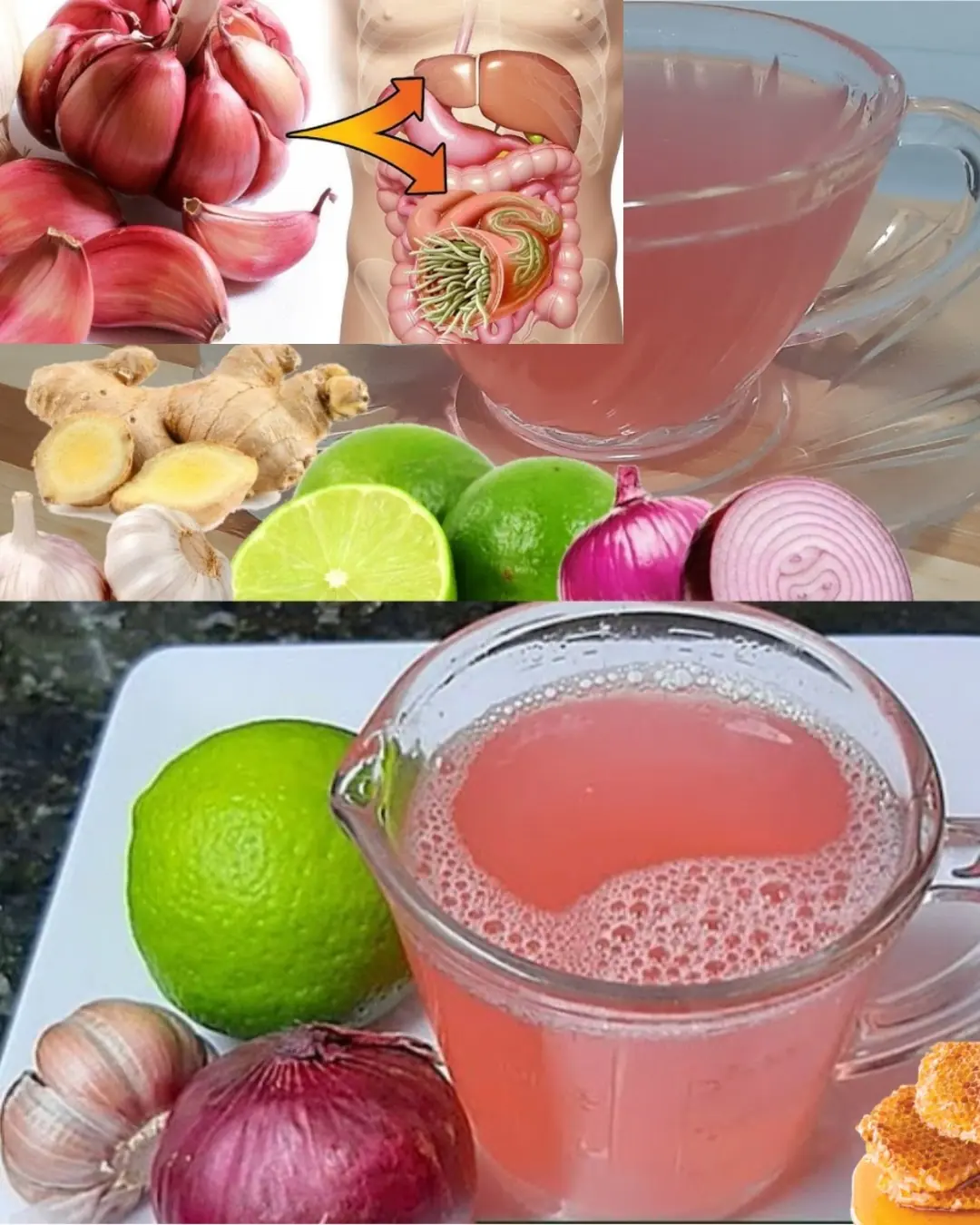
Fig Sap (Ficus carica): Uses, Benefits, and Safety Considerations
Fig sap — the milky, white latex released from the stems, leaves, and unripe fruit of the fig tree (Ficus carica) — has a long history of use in traditional medicine. While the fig fruit is widely known for its flavor and nutritional value, the sap contains bioactive compounds that have attracted interest for potential therapeutic and cosmetic applications.
However, due to its potency, fig sap must be used carefully and with informed awareness.
What Is Fig Sap?
Fig sap (also called fig latex) is a sticky, milky secretion released when any part of the fig tree is cut or damaged. This latex contains a variety of compounds, including:
-
Ficin – a proteolytic (protein-breaking) enzyme with potential anti-inflammatory and antimicrobial activity
-
Flavonoids – antioxidants that protect against oxidative damage
-
Polyphenols and alkaloids – known for anti-inflammatory and medicinal potential
-
Latex proteins – thought to contribute to wound-healing properties in controlled topical use
These compounds explain the long-standing interest in the medicinal use of fig sap across many cultures.
Potential Health Benefits (Based on Traditional Use and Early Research)
1. Skin Applications & Wart Treatment
Historically, fig sap has been used as a natural remedy for:
-
Common warts
-
Minor skin lesions
-
Insect stings
-
Mild inflammatory conditions
The enzyme ficin may help break down excess keratin in warts, making them gradually shrink. However, because fig sap is highly concentrated, direct application can also irritate healthy skin.
⚠️ Important: Fig sap should never be used undiluted on the face or sensitive areas.
2. Antimicrobial Properties
Preliminary studies show that fig sap has natural antibacterial and antifungal activity. Traditionally, it has been applied in very small quantities to:
-
Minor cuts and scrapes
-
Superficial fungal infections
-
Areas at risk of infection
This effect is thought to be related to its phenolic compounds and enzymes.
3. Digestive Support (Traditional Use Only)
In traditional medicine systems, tiny diluted amounts of fig sap were sometimes used to:
-
Promote digestion
-
Relieve constipation
-
Reduce intestinal parasite load
This is believed to be due to ficin’s ability to break down proteins and support gut motility.
⚠️ Important safety note: Internal use of fig sap is not medically recommended without expert supervision, as concentrated sap can be toxic if ingested improperly.
4. Anti-Inflammatory Effects
When diluted and applied externally, fig sap has been reported to reduce:
-
Local swelling
-
Muscle discomfort
-
Mild joint pain
This effect is thought to be linked to its bioactive phenols and flavonoids, which can help modulate inflammatory responses.
5. Emerging Research on Anti-Cancer Potential
Early laboratory research suggests that certain compounds in fig sap — particularly polyphenols and alkaloids — may show activity against specific cancer cell lines.
However, it is crucial to understand:
-
These results are limited to laboratory settings
-
They do not yet apply to human treatment
-
Far more clinical research is needed
Fig sap should not be considered a treatment for cancer.
Cosmetic Benefits (With Caution)
Natural Exfoliation
Due to its enzymatic activity, diluted fig sap may act as a very mild exfoliant, helping remove dead skin cells and improving skin texture.
However, misuse or overuse can easily cause:
-
Redness
-
Burning
-
Hyperpigmentation
-
Skin damage
Skin Barrier Support & Repair
Some traditional formulations include very small amounts of fig sap to:
-
Support wound healing
-
Improve elasticity
-
Enhance moisture retention
These potential effects are linked to its latex proteins and antioxidants.
Scalp & Hair Care
In diluted form, fig sap has been used to help:
-
Reduce dandruff
-
Balance scalp microbes
-
Soothe irritation
This may relate to its antifungal properties. However, sensitive scalps should avoid it.
How to Use Fig Sap Safely
Fig sap is not a gentle substance. Incorrect use can cause burns or severe irritation. Follow these safety guidelines carefully:
✓ Always dilute
Never use undiluted fig sap on the skin. Mix with:
-
Clean water
-
Aloe vera gel
-
A carrier oil (coconut, olive, almond)
A safe starting ratio is 1:10 (one part sap to ten parts diluent).
✓ Perform a patch test
Apply a small amount to the inner arm and wait 24 hours. Use only if there is no redness, itching, or discomfort.
✗ Avoid sensitive areas
Never apply fig sap near:
-
Eyes
-
Lips
-
Genitals
-
Open wounds
✗ Caution for latex allergy
Because fig sap contains latex-like proteins, people with latex allergies should avoid it completely.
Traditional Uses Around the World
-
Middle East: Wart and skin infection remedy
-
India: Applied to inflamed gums and small wounds
-
Mediterranean regions: Used in digestive tonics and cosmetic blends
These uses are primarily traditional and should not replace modern medical care.
Side Effects & Risks
Fig sap may cause:
-
Skin irritation
-
Allergic reactions
-
Chemical burns if undiluted
-
Toxic effects if ingested improperly
Always prioritize safety over experimentation.
Final Thoughts
Fig sap is a powerful yet underestimated natural substance with potential applications in both health and skincare. While its bioactive compounds show promise, its potency requires respect, dilution, and caution.
When used responsibly, fig sap may offer gentle support for skin and scalp health — but it should never replace evidence-based medical treatments.
Nature is powerful. And power must always be handled wisely.
News in the same category


Boost Your Immune System Year-Round with Garlic, Onion, and Lemon

The #1 habit that’s destroying muscle in older adults—are you doing this?

What happens when you start eating chia seeds every day

Why You Should Stop Using Petroleum Jelly On Your Skin (It’s a Byproduct of the Petroleum Manufacturing Process)

Scientifically Proven Health Benefits of Cayenne Pepper

Low levels of this key brain nutrient may be fueling your anxiety

A Nurse Who Has Witnessed The Final Moments Of More Than 300 People Has Revealed What She Has Learned From Being By Their Side

Absolutely BEST Foods to Detox Your Kidneys

80% Of Heart Attacks Could Be Avoided If Everyone Did These 5 Easy Things

Drink this daily to support cleaner arteries

The Surprising Benefits of Foot Massages …More Than Just Relaxation

14 Best Natural Antibiotics Our Ancestors Used Instead of Pills

9 POWERFUL Health Benefits of Adding Pumpkin Seeds to Your Diet

Knowing These 12 Symptoms of a Stroke Can Save Your Life

6 fruits that help your body fight cancer cells naturally

Early Signs of Liver Damage You Shouldn't Ignore

If Your Nails Show These 10 Signs, See a Doctor Immediately

The 5 warning signs you may be taking too much magnesium, according to doctors
News Post

Eggs and Coffee: A Surprisingly Powerful Breakfast Combination

Boost Your Immune System Year-Round with Garlic, Onion, and Lemon

Billionaire Judy Faulkner, 82, Commits to Giving Away 99% of Her $7.8B Fortune

The Curious Story Behind "Ancient Lights" in UK Property Law

From Precarious to Prosperous: Denmark’s Approach to Entry-Level Jobs

California’s Solar-Canal Initiative: A Game-Changer for Clean Energy and Water Conservation

Nevada Teen Shows Extraordinary Love, Buys Mom a Chevrolet Metro

The Greenland Shark: A Creature That May Have Lived Through the 1600s

Steve Ballmer’s $170 Million Annual Commitment to Early Childhood Education in Washington State

Why Germany’s Animal Shelters Are Virtually “No‑Kill” — And How the Law Makes It So

Steven Pruitt and the Power of Volunteer Knowledge

Frisson: The Science and Sensation of Goosebumps from Music and Art

A Ride for Hope: How One Afghan Father Is Transforming His Daughters’ Future

When Life Begins With a Flash: Understanding the Zinc Spark Phenomenon

From Endangerment to Recovery: The Remarkable Journey of the Haleakalā Silversword

Closing Prisons, Strengthening Communities: The Netherlands’ Remarkable Shift

The Quiet Billionaire: How Epic Systems’ Founder Is Donating Nearly All Her Wealth

Utqiaġvik’s Polar Night: Sixty-Seven Days Without a Sunrise in Alaska’s Northernmost City

